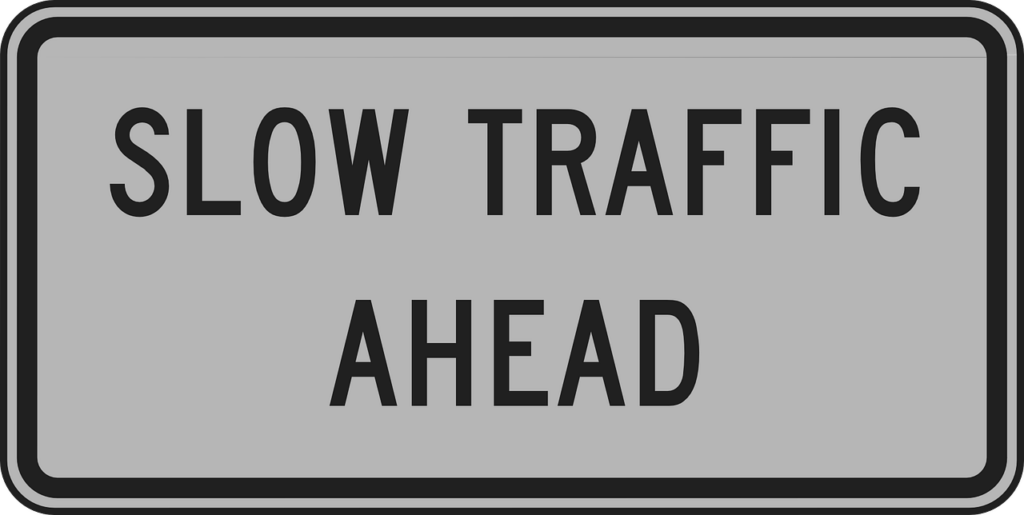I’ve been wanting to put this article together for some time. Whenever I go teach somewhere I seem to stumble across the same list of issues that drummers are struggling with. So I’ve been reflecting; Which are the top 5 issues that drummers seems to struggle with? How can these be addressed? And, what are the solutions?
The obvious stuff that comes to mind would be consistency in the technical stuff such as; the ability to play clean flams, drags, doubles and single stroke runs everytime you play them, however none of these things made it onto my top 5.
The issues that made it to my list are both of technical and musical character, and working with these and solving them could work well together and will transfer to other areas of your drumming.
Take a look – you might be surprised of what I’ve included – and see if these tips can help you. Note, that I’ve listed the headlines as positives (advices) rather than negative “nots”.
 5. Separating tempo/pulse and dynamics
5. Separating tempo/pulse and dynamics
This “invisible” and hard-to-track mistake or issue is something I’ve noticed especially amongst beginner players. Sometimes, there would be a tendancy to associate tempo and dynamics…, so that some would play faster when they play loud, and slower when they play soft. This is probably also the only issue where I’d say that working with a metronome could be beneficial, however playing with others, a mentor or a good drum corp would be probably the best way to work with this. The reason why this issue is on my list is, because it’s so important to learn early on, that tempo and volume are two completely unconnected different things.
 4. Awareness of the underlying triplets in rolls – and quality of rolls
4. Awareness of the underlying triplets in rolls – and quality of rolls
This is something that I’ve recently covered in another article on the page, and I can’t stress the importance of this enough. Think, hum, sing and play triplets whenever you approach a roll in marches, reels and hornpipes in pipe band. If you’re not aware of the underlying rhythm, then how are you suppossed to play the roll correctly and in sync with other drummers?
Of course a way to train this is, to take away the deadstrokes (buzz’s) and play taps instead, to track and highlight the triplets. I often hum the triplets in the introduction rolls when I teach beginner drummers or drum corps to “install” the rhythm into their minds before we play – you can’t really play something else than what you’ve just heard. Read my full take on how to work with your rolls in this article Fix your rolls
 3. Play real dynamics
3. Play real dynamics
Playing real dynamics is something I learned quite early on in my pipe band drumming journey from Jens Hedegaard who was LD in The Heather Pipes & Drums Of Copenhagen back the mid-nineties. He would often train dynamics with the whole drum corp and then really emphasize how low we needed to go on the snare drum to create real dynamics, yet also underlining the power of a big snappy stroke. And, if you never train these things, how would they then magically appear when you play with your drum corp in performances? One way that has helped me in training my dynamics is to constantly remind myself, by playing & training dynamics (huge crescendos, piano, accents and so on) in regular marching stuff (such as for example standard drum scores) or drum scores that I know really well. I’ve made a longer article about installing dynamics, which you can find here Installing dynamics
 2. Establishing a pulse and humming before you play anything
2. Establishing a pulse and humming before you play anything
Unfortunately this is an issue I see appear way too often; that drummers don’t have a concept of beat before they start playing. WHAT? Yes, it’s true, unfortunately. Please, please, please, make this a habit, and drum teachers out there, please remind your students of this. Awareness of fundamentalts are SO important. Some times when I’ve rehersed something with a group of drummers, then some of the really enthusiastic drummers would ask me; isn’t this group of beats played like this? And, then I often have to tell them; relative to what? To which beat? And to which fundamental rhythm? Where’s the basic beat? So…, please address this and raise awareness.
 1. Play slower and softer
1. Play slower and softer
And now, to no surprise to those of you who know me and have read some of my other articles…, number 1 on the list: play slower and softer – ultimately this will lead you to listen more carefully to the music and the sound that you are creating. Another bonus by playing slower and softer is that you get to sense the sticks more with your fingers and hands. It’s like everything you have to learn; stop, focus, zoom in, do it slow, do it super slow, analyze, zoom in more, play it even slower.
I hope you find these points helpful – please share with your drumming friends if you do and/or have a debate/discussion about which issues you find most important to work with.
